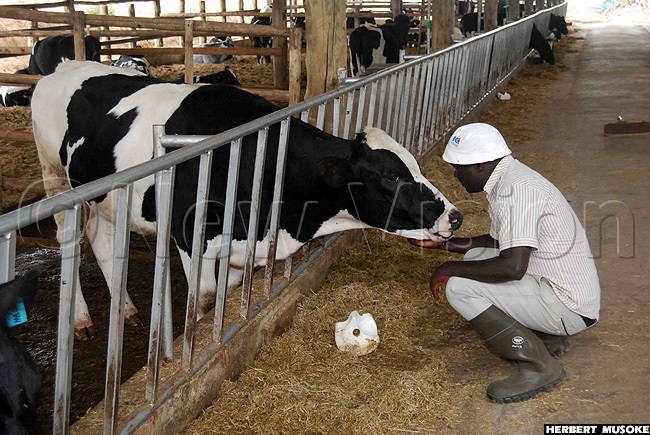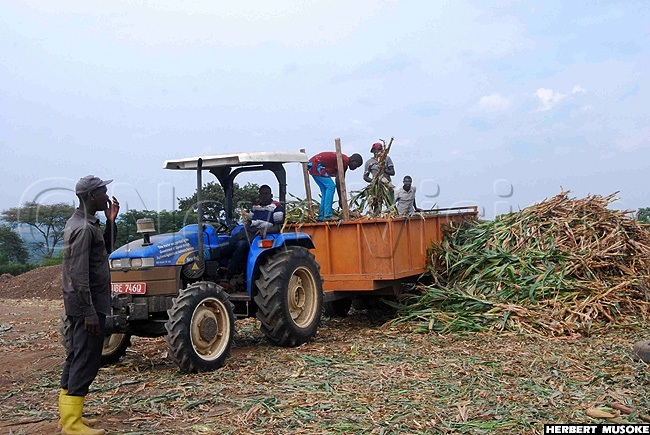Why you need a proper calf house
Calves need protection from exposure to the elements and so should be housed individually in facilities which are draft-free but provide good ventilation.
FARM MANAGEMENT
In the lowlands of Gomba district, Phillip Kalere sits on a chair, near a big cattle shade. With tens of cattle milking, he tells the story that started from a dream.
The farm is fully mechanized with tractors and an on-farm milk tank. Pasture is grown, processed into silage and stored.
Kalere has built his herd by taking good care of the calves. "We house them well," he says.
(Read his full story in the weekly Harvest Money on Friday).

Calves need protection from exposure to the sun and rain. They should be housed individually in facilities which are draft-free but provide good ventilation.
In Uganda, inadequate and/or inappropriate calf housing facilities is a major problem undermining calf performance and survival. Calves are often housed in makeshift structures close to the main cattle shade, which predisposes them to a lot of bacterial infections and diseases such as pneumonia.
Such infections result into reduced growth rates and calf mortalities. Majority of the calves on dairy farms are housed in groups, making it difficult to meet individual feed requirements.
One way to house calves to prevent the spread of disease from one calf to another is to use calf pens, which can be constructed using locally available materials - bedding such as dry grass, straw and wood shavings four to six inches deep and changed or freshened frequently.
Wood shavings covered with straw make the best bedding, as the absorbency of the wood keeps the calves drier. Rubber calf mats are made of super soft yet durable rubber that provides maximum comfort and safety for calves.
According to estimates, a farmer requires three iron sheets at a total of sh100,000, eight pieces of 14x1-feet timber at a cost of around sh80,000, two 14-feet timber panels at a cost of sh30,000, 3kg of 3-inch nails at a total cost of sh20,000 and 2kg of 4-inch nails at a cost of sh20,000.
This means that with around sh300,000, including labour, a farmer can have a good pen.

NALiRRI fabricated an innovative calf pen that has the following features:
• A slated floor to provide for good drainage of urine and to maintain warm beddings for the calf.
• An exercise area to enable the calf to bask in the sun.
• It is fitted with a 10-gauge welded wire mesh on the upper sides and at the back to improve ventilation.
• It is fitted with a plastic nipple bucket which mimics the cow's udder and facilitates milk acceptance by calves.
• A back door to enable easy removal and replacement of the calf beddings with minimal disturbance to the calf.
• It provides for individual feeding of calves based on their specific nutritional requirements.
• Portability. The pen can easily be dismantled, reassembled and even moved from one place to another
Read more about dairy cattle management in Harvest Money this Friday.
(Additional information by Dr Jolly Kabirizi)